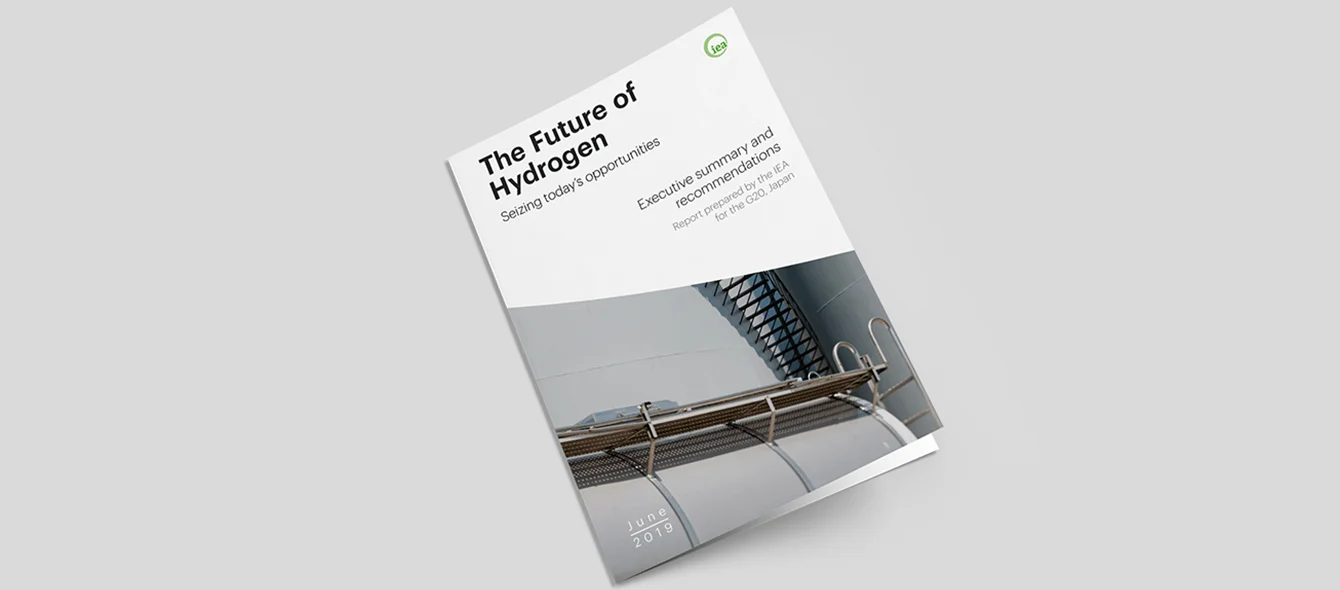The International Energy Agency’s (IEA) latest report on hydrogen “The Future of Hydrogen, seizing today’s opportunities” expresses a new sense of optimism that hydrogen is at a critical juncture in its use and deployment.
The study, published in June, provides four practical steps to scale up hydrogen use in the near term, employing experience gained from the growth of the liquified natural gas (LNG) industry. These are: turn industrial ports into clean hydrogen hubs; use the existing natural gas pipeline system to deliver hydrogen now; expand the fuel’s use in transport via hydrogen freight corridors; and launch shipping routes to initiate international trade. These proposals all have a common theme – boost demand for hydrogen and the costs of low carbon processes for producing hydrogen will fall.
Growing enthusiasm for hydrogen as fuel
Enthusiasm for hydrogen is growing because of its versatility and because, at the point of use, it is a clean burning fuel. As an energy carrier it is also a form of storage, one which can meet long-term energy storage needs, for example to address the difference between winter and summer energy demand, as oppose to batteries which provide much shorter-term energy storage.
However, hydrogen needs to be produced as it does not occur naturally in large concentrated volumes. There are essentially two ways to do this at present: via electrolysis, where electricity is used to split water into its constituent elements, hydrogen and oxygen; or by reforming, in which steam or partial oxidation is employed to split the hydrogen from a hydrocarbon such as natural gas or coal.
Today, 76% of hydrogen is produced from natural gas, 23% from coal and the small reminder, just over 1%, from low carbon processes such as electrolysis, according to the IEA report.
Hydrogen production by origin
Source: IEAThe advantage of electrolysis is that if renewable electricity, for example from an offshore wind farm, powers the process, then the hydrogen is very low carbon. The disadvantage is that the process is costly, and the bulk of renewable electricity is already used for direct electricity consumption. The advantage of reforming is that it is cheap, but the downside is that it produces carbon dioxide (CO2) which is a greenhouse gas.
Hydrogen is already produced on a large scale for use in industry, for example refineries, and for the production of ammonia to make fertilizer. Finding a sustainable way to make hydrogen thus offers a huge opportunity to address both industrial and agricultural GHG emissions. It can also be dropped in small proportions directly into the natural gas system — displacing even a small proportion of total natural gas use adds up to large GHG emissions savings.
Lowering costs, developing new technologies
Key challenges identified by the IEA are thus to boost the generation of renewable electricity, where falling costs feed directly into lower hydrogen costs, and to explore technologies that reduce GHG emissions from reforming, for example by using Carbon Capture, Utilisation and Storage (CCUS) technologies.
The IEA makes a number of recommendations to boost hydrogen development; establish a role for hydrogen in long-term energy strategies; stimulate commercial demand for clean hydrogen; address the investment risk for new hydrogen technologies, support R&D and track progress.
The IEA also advises that rules governing the use of hydrogen should be standardised, an important means of facilitating trade, and that regulatory barriers to its use should be removed. The agency sees the role of government in facilitating hydrogen use as critical, noting that while a technology neutral policy approach is sensible, in the case of hydrogen, governments should adopt “a more enabling approach.”
Photo credits: © IEA
